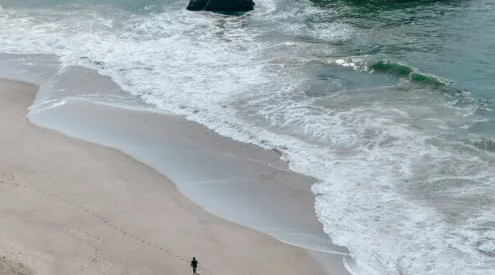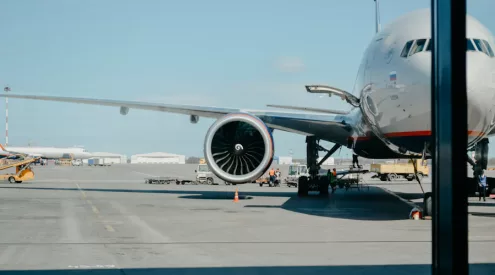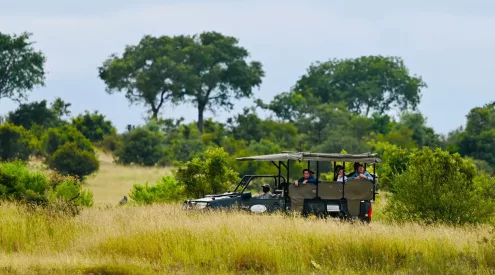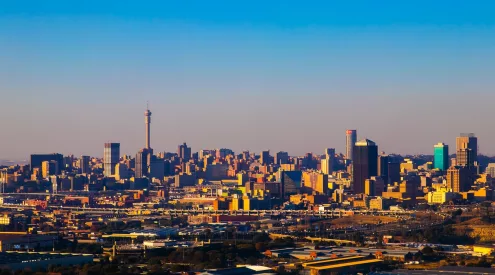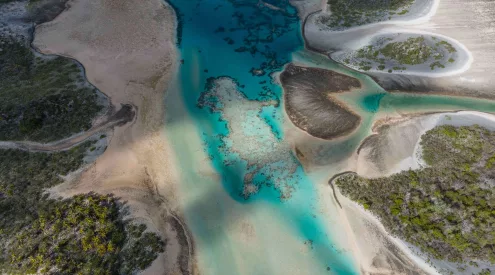According to SANParks, there is recent evidence of high loads of oil entering the Knysna water system, which ends up in the local Waste Water Treatment Works (WWTW).
‘If we can determine the trends of when the oil and grease enter the WWTW, we will get a better understanding of the trend which might make it easier to track the polluter,’ said Knysna Municipality technical director, Pravir Hariparsad.

Image: Elise Kirsten
On 30th August, Knysna authorities visited potential pollution hotspot areas in the Bongani and Bigai catchment areas and CBD to discuss remedial solutions for the municipality’s ongoing pollution issues. The team identified illegal access routes and found waste dumped at various spots around Knysna in its attempts to clamp down on all pollution points and protect the Knysna estuary.
Various stakeholders forming part of the Knysna Authorities Pollution Committee believe the team is tackling and managing the issue, which is separate to the monitoring for e-coli counts and general PH-level and nutrient sampling.
‘High readings of ammonia are a concern to SANParks for the survival of both plant and animal life in the estuary,’ said the Park Manager for Knysna, Megan Taplin. ‘ Oil and grease influx to the WWTW and sewer system is also being monitored by the municipality.’
The Municipality will appoint a freshwater specialist for the Knysna estuary who’ll assess the Bongani river system from source to sea, including the state of the wetlands in the area to suggest rehabilitation measures for the Bongani catchment.
Residents and business are requested to not dispose of oil and grease in main drains or stormwater systems.
A joint survey of the industrial area by the Knysna and Garden Route District municipalities, and SANParks will consolidate the findings and advise the necessary actions local business owners will need to take.
Knysna Municipality has a hotline 0443026331 (office hours) and an app for reporting blockages and spills.



